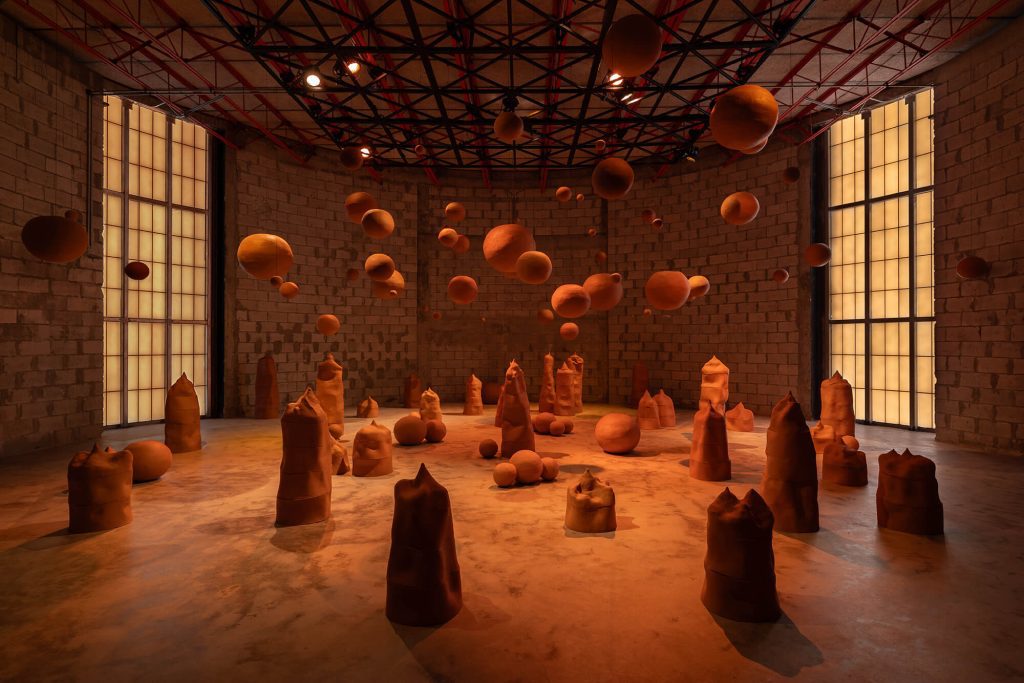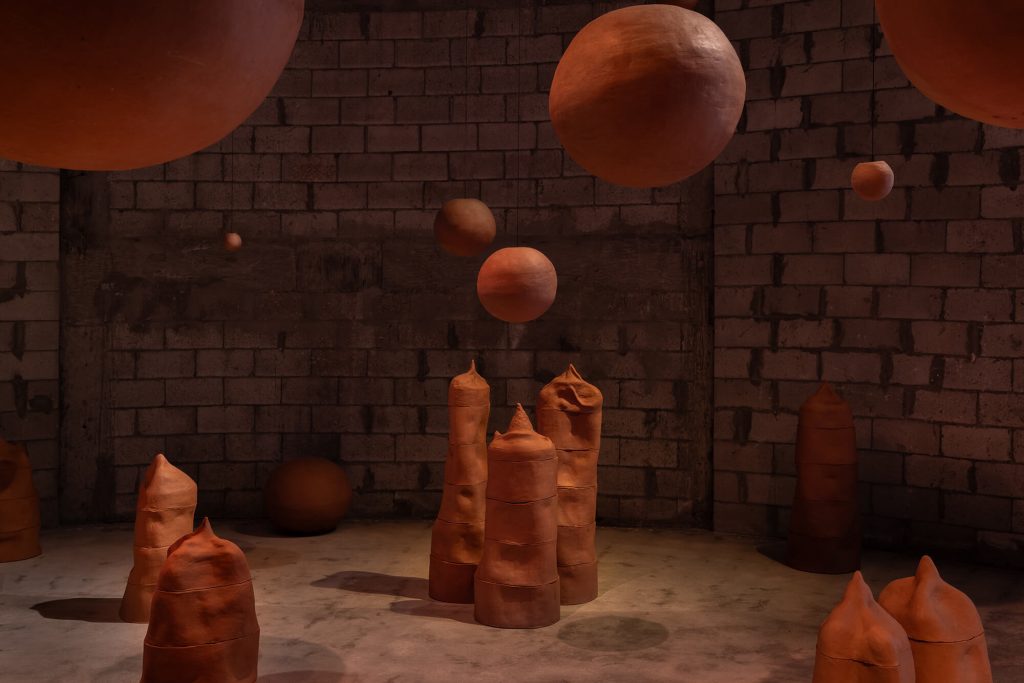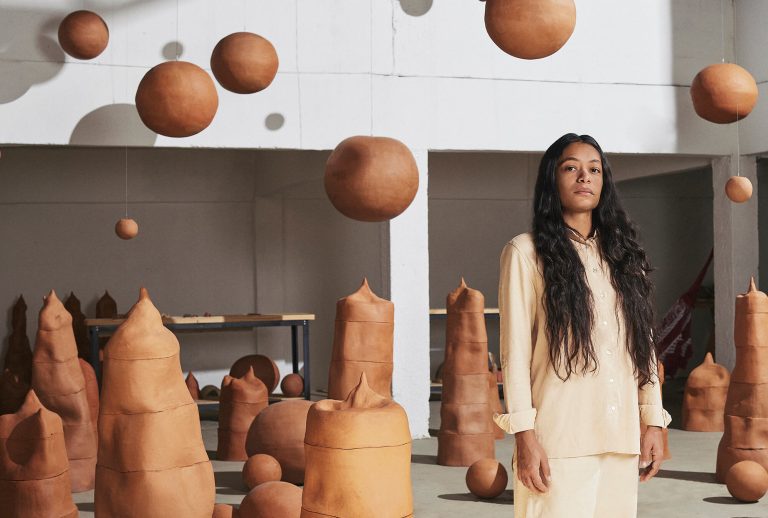Sallisa Rosa’s Topography of Memory, in collaboration with Audemars Piguet Contemporary and Thiago de Paula Souza, discusses the delicate intersection of memory, ceramics, and the Earth itself. Inspired by familial ties and driven by a passion for collective remembering, Sallisa’s installation sparks conversations about environmental awareness, cultural preservation, and the profound impact of human connection to the planet.


hube: Topography of Memory explores the relationship we, as humans, have with our recollections. How did this concept originate, and what inspired you to scour through this intersection of erosion themes in your work?
Sallisa Rosa: I was inspired to work with memory by my grandma, whose name is América because she was born on October 12. My grandma is a core figure in bringing together the threads that make up my family’s history but her memory is fading. This inspired me to create extracorporeal ways of storing memory.
h: Collaborating with communities seems to be a central aspect of your artistic practice. How do these collaborations influence your work, especially in the context of exploring human connection to the earth? How was it working with Thiago and Audemars Piguet Contemporary?
SR: I am interested in collective ways of remembering, and, with this installation, I have created a contemplative space that can act as a repository for memories. To me, the earth is the place of memory.
Working with collected clay, I’ve also met and collaborated with other artisans. We are a kind of community that sometimes works together for a few months at a time. We share different clays and our processes as a group.
I also collaborated with Thiago de Paula Souza and the curatorial team at Audemars Piguet Contemporary who supported my vision for this commission, acting both as soundboards to help me articulate and refine my ideas for this work as well as stewards for the presentations in Miami and next in São Paulo.
h: As someone who works across various mediums that are capable of memorializing, would you say you have a favorite one or one that you find particularly challenging yet rewarding? How did your artistic journey lead you to use ceramics?
SR: Ceramics pose their own challenges — sometimes objects break in the kiln or transportation — but memory is also fragile.
I believe ceramics have a symbolic capacity to store memory which can help us remember. Because I only use collected clay, the material itself already has a rich history and information stored within it.

